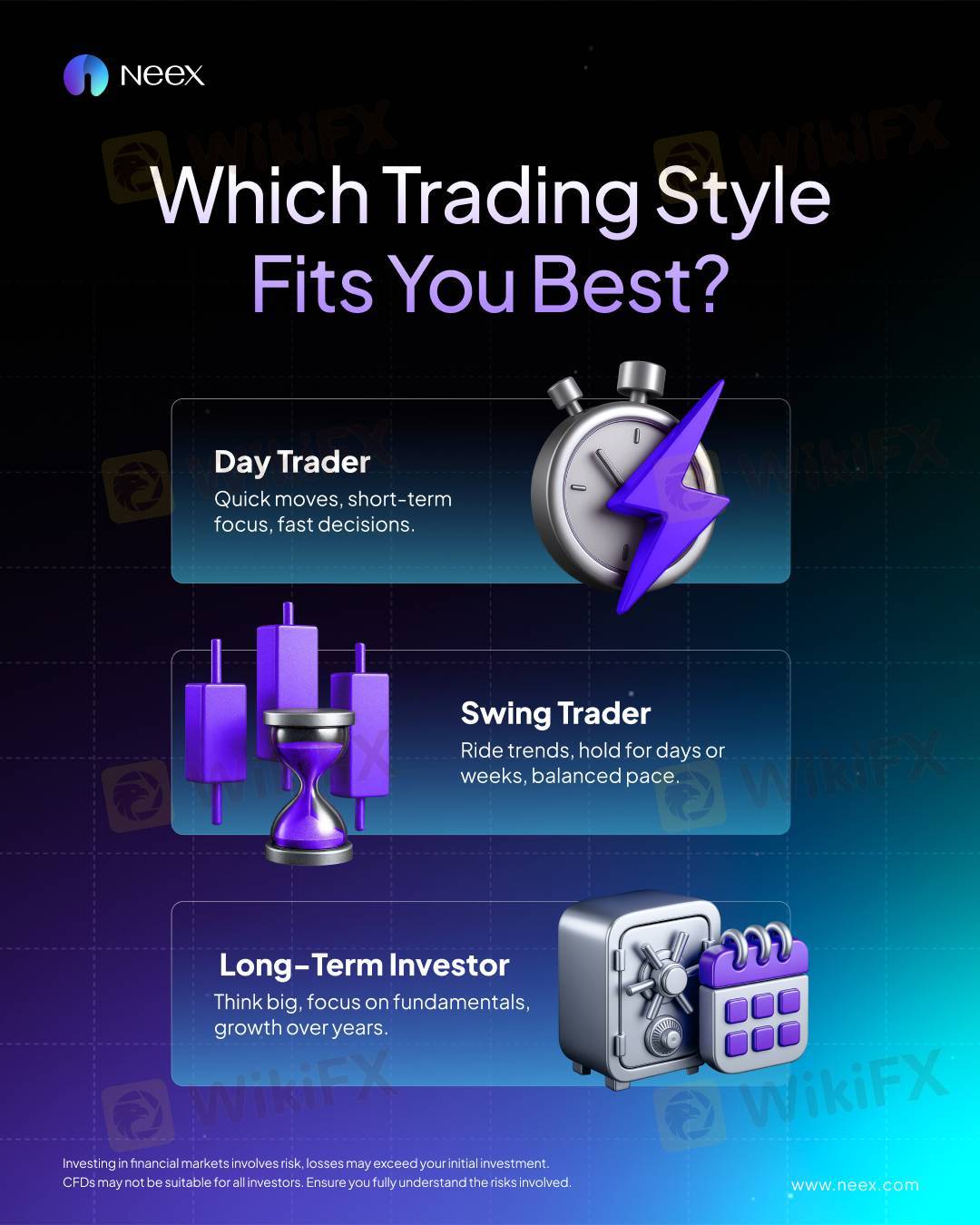Gold’s bullish run continues to inspire traders of the yellow metal. Following the upward trend, gold again witnessed a hike, inching closer to a historical feat.
The 24K gold saw an uptick of INR 109 in the one-gram price, which currently stands at INR 12,944. Consequently, the 10-gram price nearly scaled INR 1,30,000. With a healthy gain of INR 1,090, the 10-gram price touched INR 1,29,440.
At the same time, the one-gram price of the 22K gold segment rose to INR 11,865 from INR 11,765. This led the 10-gram price to INR 1,18,650, recording a gain of INR 1,000.
Gold’s bullish run continues to inspire traders of the yellow metal. Following the upward trend, gold again witnessed a hike, inching closer to a historical feat.
The 24K gold saw an uptick of INR 109 in the one-gram price, which currently stands at INR 12,944. Consequently, the 10-gram price nearly scaled INR 1,30,000. With a healthy gain of INR 1,090, the 10-gram price touched INR 1,29,440.
At the same time, the one-gram price of the 22K gold segment rose to INR 11,865 from INR 11,765. This led the 10-gram price to INR 1,18,650, recording a gain of INR 1,000.



















